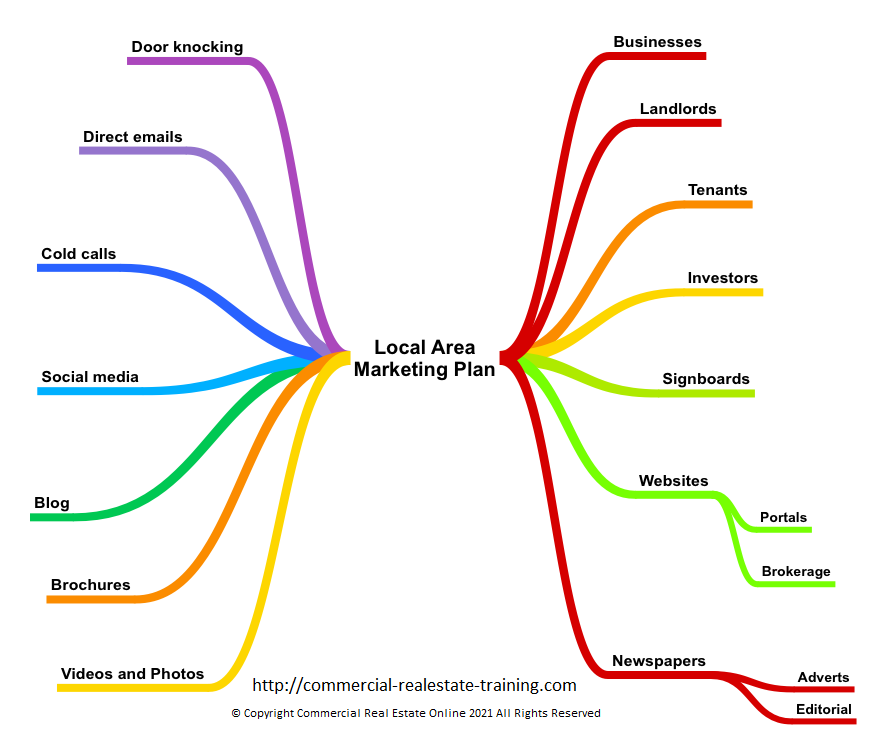Commercial Property Agents – Tips for Creating an Information Memorandum
When it comes to selling commercial and retail real estate today, it is common to use an information memorandum as part of the marketing and inspection process.
Importantly, the information memorandum can assist the whole sales process and fast-track any enquiry. It becomes a selling tool in professional brokerage. How well are your documents used and created for the sale process? Are they comprehensive and professional?
A good information memorandum document will take time to create and should be finalised before marketing begins. It is not unusual for that document to take days, if not one or two weeks, to complete. All the relevant facts are required to encourage people to buy the property asset.
Getting the Right Information Around You
Whilst the commercial property agent normally prepares the document for sale, it should be compiled from information provided by the property owner, their solicitor, and their accountant. Being comprehensive and accurate, is essential when providing information in sales transactions.
All the information displayed in the sale document should be checked and accurate; if you doubt the information provided, ask more questions. Getting the property owner to certify its accuracy before the commencement of property marketing is wise.
Given the time it takes to prepare the documentation, raising a charge on the vendor is appropriate as part of the listing process. This fee is a choice for the agent to consider, but it is a very relevant suggestion, given that the document takes a lot of work, effort, and time to complete. It is not unusual for an IM fee to be of the order of $1500 or more.
Interestingly, many agents will apply a lengthy disclaimer at the end of any information memorandum document to protect themselves from misinformation. While this is useful to alert any purchaser to make the right enquiries while purchasing the property, a disclaimer does not normally fully protect.
Accurate information will protect the landlord, property owner, or agent from any legal claims arising. So, the message here is to check everything and keep plenty of notes as you prepare to market the property.
The Items of a Comprehensive Information Memorandum
The main items covered in the information memorandum document can include:
- The title details for the property
- Recent survey plans that apply to the property’s location and boundaries
- Details of the plot and the location of the land
- The history of the property over recent years and previous owners
- Details of the tenancy mix and the existing tenancy profile, plus any current lease incentives provided to the tenants
- Status of lease documentation, including an accurate tenancy schedule and lease profiles for all tenancies
- Details of any vacancy existing in the property now and the status of lease negotiation
- An estimate of the outgoings currently for the property and the history of outgoing reconciliation over the last two or three years
- Current pictures of the property and surroundings
- Details of property improvements, the building structure, and the function of the property
- Up-to-date rental information, including any current incentives applying to the tenancy mix
- Detailed depreciation schedules that can have an impact on the sale price and marketing process
- Any encumbrances, rights of way, easements, orders, notices, and obligations to be applied to the property owner as a part of property ownership
- Current rates and tax information, including the unimproved value for rating purposes
- Any consultant reports that apply to the matters of heritage, environmental, structural, and topography of the property
- In the case of retail property, it can be necessary to include details of sales (if to be disclosed in the tenant leases) and customer visitations to the property
- Details of any energy ratings and compliance factors impacting the property performance or property owner
- Up-to-date assessments of market rentals nearby and a summary of the local business community demographics
- Details of income and expenditure results from the property, given the existing operating budget and the tenancy mix
- History of operational costs of the property over time and the changes in such period
- Capital expenditure plans and spending to date
- Risk and compliance-related facts about the property, the income stream, occupancy, and the tenant mix
So, this list is complex and detailed. It can take days, if not weeks, to compile the necessary information.

Fees for Preparing the Sale Document
It is not unusual for the real estate agent to charge a fee for preparing the documentation. That fee will be collected as part of the marketing costs before the property promotion commences. The property manager for a property should be a good source of information in preparing an investment property for sale.
As another element of best practise that applies to this IM process, it is wise to get the document checked by the property owners or landlord and their solicitor so that they can certify the information provided as being correct.








